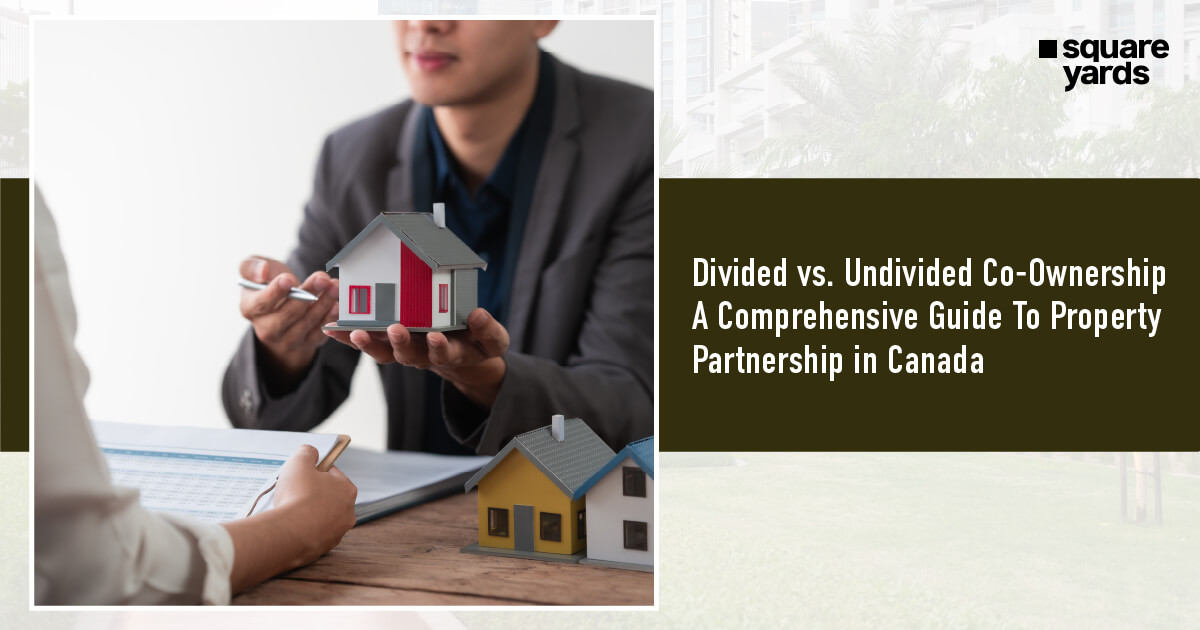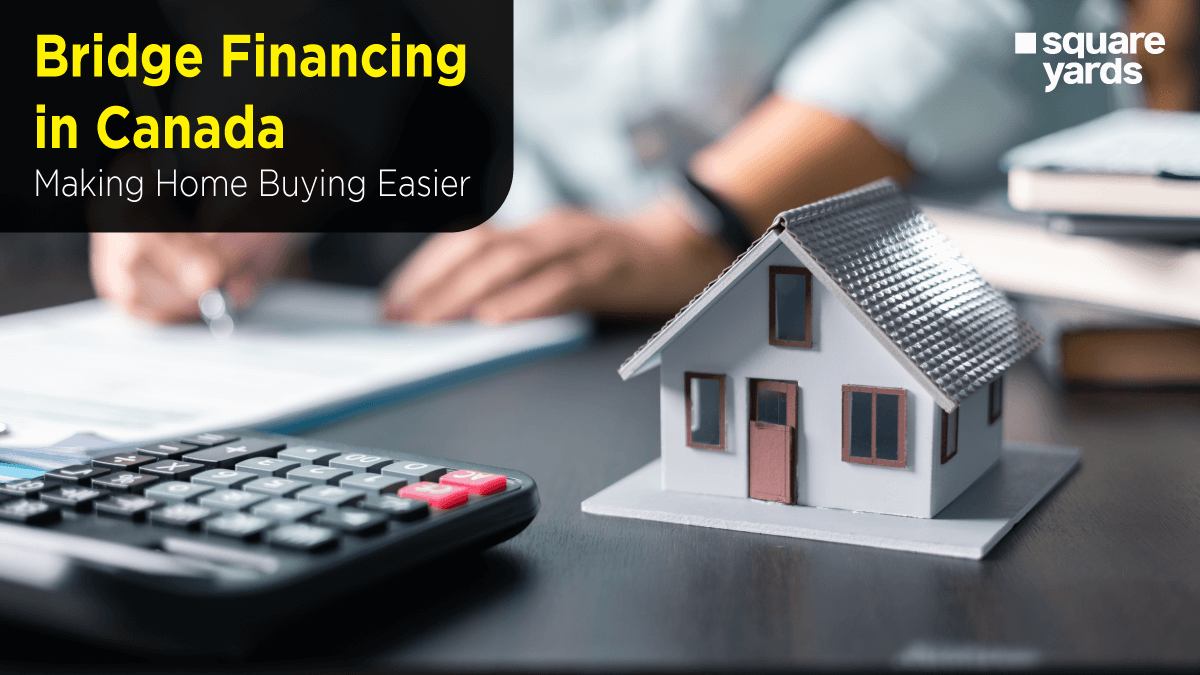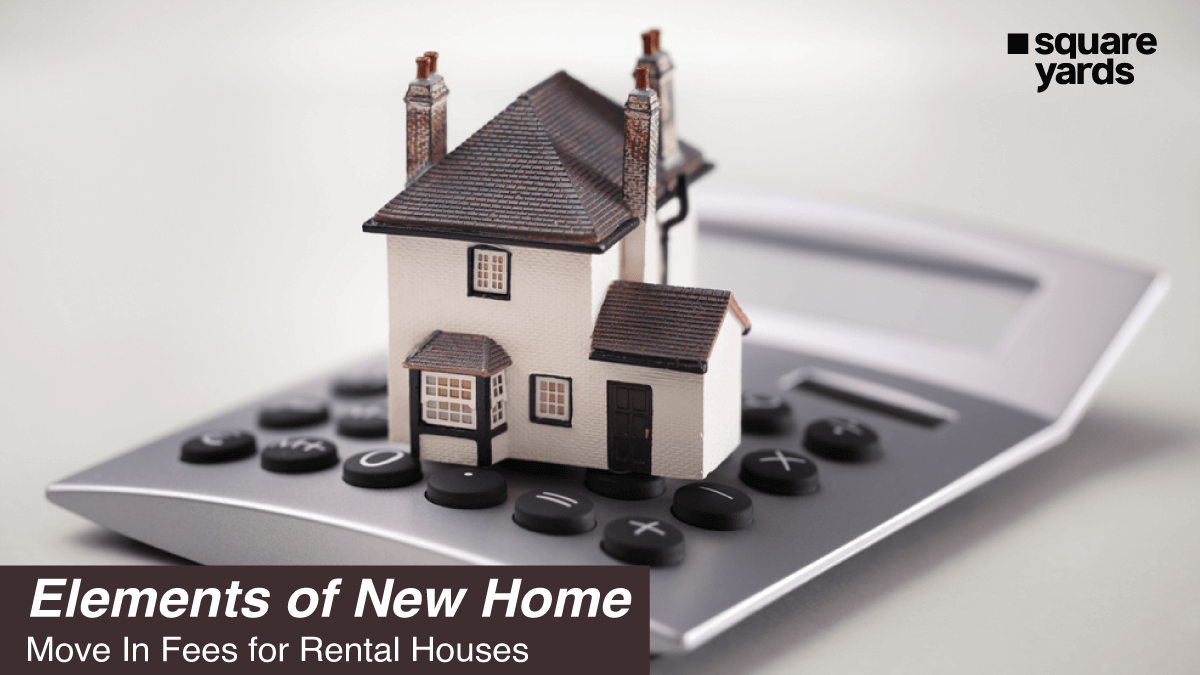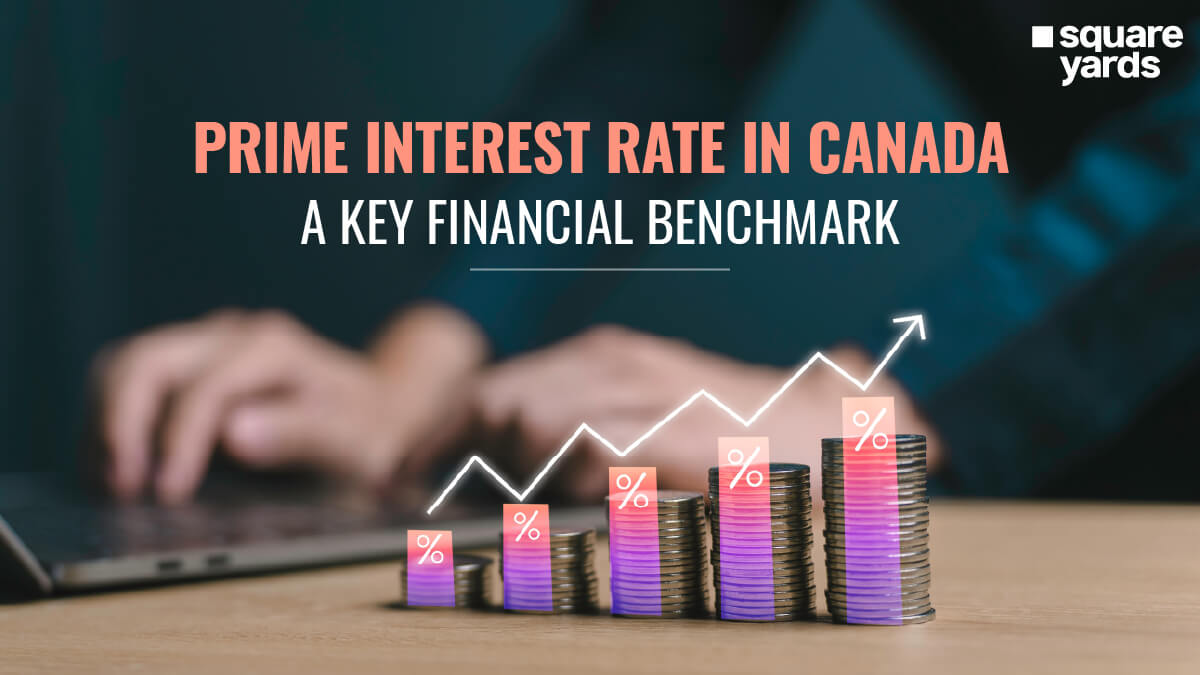In Canada, divided co-ownership (e.g., condominiums) gives each owner a physically defined portion of the property, which they can sell, transfer or use. Conversely, in undivided co-ownership (e.g. joint tenancy), all owners share an equal interest in the property without any divisions. Each co-owner has the right to use the property as they deem fit, and aspects such as maintenance and taxes are shared equally. Undivided interests can be sold or transferred, bringing new co-owners to the structure. The primary distinction between the divided vs undivided co ownership is owning a specific part (divided) versus a shared interest in the property (undivided).
What Does Divided Co-Ownership Mean?
Divided co-ownership, similar to an ordinary form of shared partnership, is one of Canada’s most common forms of property ownership. In this type of proprietorship, people purchase a property jointly and have a separate share based on the amount of money they put in. In a divided co-ownership, a building’s common parts are shared, like the swimming pool, gymnasium, or any such facility. Moreover, private units are distributed according to the ownership percentage.
Each unit has a registered lot number, which can be altered according to the building’s regulations. Public places might require a condo fee/ maintenance fee, which is determined by factors such as the services provided in the facility or the number of co-owners. The co-owner must pay the necessary tax on their lot. Divided co-ownership usually depends on a notarised document that mentions the property’s rules, technical information, services provided to lot owners, maintenance fee structure, and management work.
Benefits Of Having A Property in Divided Co-ownership

Divided co-ownership is one of the most profitable forms of property ownership due to certain advantages, some of which are listed below:
-
- An appointed administrator maintains the shared and common places, so the responsibility for the upkeep of the property is limited.
- The notarised co-ownership document sets the common rights and regulations of buildings’ co-owners, helping maintain the use of shared zones and providing a safe space for every resident.
- The set contingency fund will handle all the repair work for common spaces, meaning no single resident will suffer huge financial losses due to damages.
- Co-owners have voting rights based on their property share, making it easier to implement necessary changes during community meetings.
What Does Undivided Co-ownership Mean?
Undivided co-ownership does not differentiate between public and private spaces, with only one registration for the entire property. Section 1012 of the Civil Code of Quebec states that an undivided co-ownership does not require a condominium maintenance logbook. Nonetheless, it is strictly advised that the condo building be maintained and separate responsibilities be assigned to various building residents.
In order to obtain a mortgage for an undivided co-ownership property, the co-owner needs to make a 20% down payment on their share of the ownership. A management agreement amongst the co-owners is not compulsory. However, it is recommended that the co-owners establish some selling restrictions and general administrative rules. This type of ownership is commonly established by family members or friends purchasing a home with multiple rooms, married couples, or multiple building beneficiaries.
Benefits of Having A Property In Undivided Co-ownership
Here are some benefits of having a property, a home or land in undivided co-ownership:
-
- No single owner is solely responsible for maintaining the property, allowing everyone the freedom to make changes to their home or grant access to others.
- There is no fixed decision-making structure, so that anyone can use the property’s common spaces anytime.
- These are usually less expensive than those under divided co-ownership and do not have maintenance fees or charges.
- They can easily obtain an insurance deductible in case of any misfortune rather than relying on a self-insurance fund allocated by the building.
The Difference Between Divided Vs Undivided Co ownership
There is no right or wrong decision when purchasing a property. Both forms of home ownership benefit the owner, but the final decision depends on many factors, such as the desired payment structure, the number of joint owners, and the repair work required on the property.
Here are some metrics to consider when choosing your preferred form of home ownership.
|
Metric |
Divided Co-ownership |
Undivided Co-ownership |
|
Down Payment |
Divided co-ownership requires a 5% down payment of the total transaction value, but the co-owner must take out mortgage loan insurance. |
Taking out a mortgage loan insurance for undivided co-ownership is not compulsory, and the set down payment amount is 20%. |
|
Mortgage Loan |
These owners can choose any type of loan best suited to their preferences and lifestyle. |
Each co-owner will have to take a separate mortgage for the property. These are generally limited liability loans, so no co-owner is liable for anyone else’s debt. |
|
Administration of the property |
The declaration of co-ownership clearly states who will manage and administer the property, typically a third party, which limits the residents’ responsibilities. The Civil Code of Quebec governs this arrangement. |
Undivided co-ownership is simpler to manage since the property’s management is run on the goodwill of residents. This is usually dependent on the property share owned by each co-owner. |
|
Rental Investments |
Residents can use their units to earn rental investment. |
The units of this type of property cannot be rented out even when the owner is away, as there is no set personal/ public space. |
|
Building Expenses |
Divided co-ownerships require a condo/maintenance fee that covers common services like the on-site gym and self-insurance fund. This fee applies only to common areas; owners are still responsible for municipal taxes on their private units. |
All co-owners will pool money for repair and maintenance funds for the property, along with the municipal taxes. |
|
Contingency and Self-Insurance Fund |
Residents must have a contingency fund (money pooled for emergencies) and self-insurance fund (to protect private units) |
There is no such requirement for a fund, and the owners can acquire any type of home insurance. |
What Is A Condominium Syndicate?
A Condominium Syndicate, also known as a condominium or homeowners’ association, manages divided co-ownership properties. This syndicate oversees maintenance, ensures facilities are available to residents, and keeps the property well-maintained. Key roles of the condominium syndicate include:
-
- Purchasing self-insurance for all the private units of the building.
- Taking care of any damages done to the common areas of the building.
- Collecting funds from co-owners for covering any damages (usually covered in the maintenance fee)
- Maintain the everyday tasks of the building.
What Must Be Stated in The Co-Ownership Agreements?
Co-ownership agreements for divided properties mention all the rules and regulations for shared and unshared spaces. Undivided co-ownerships usually do not have such agreements, but such contracts are advised to prevent future conflicts. These agreements must be notarised and cannot exceed 30 years.
Some of the items that must be stated in the co-ownership agreements are:
-
- Percentage share of each co-owner
- Exclusive rights and responsibilities of the co-owners
- Common expenses to be incurred by the co-owners
- Payment of mortgage obligations
- Terms for reselling land/ property/ private units for divided co-ownership
Divided vs Undivided Co Ownership: Navigating Ownership and Repossession Dynamics
Both divided vs undivided co ownership are enticing forms of property ownership with their benefits and drawbacks. Divided co-ownership helps divide responsibilities but requires a mortgage loan. On the other hand, undivided co-ownership might lead to future conflicts about the financial implications, but the co-owners are free from any maintenance fee. These differences help real estate investors decide on higher ROI and ensure that residents choose the ownership structure that best suits their needs and risk intake.
Frequently Asked Questions (FAQs)
Undivided co-ownership in Canada means that the co-owners of the building or land don’t have a partnership agreement, and there is no distinction between private and public units for any resident, allowing access to all the rooms.
Since there is no assigned ownership agreement in undivided properties, it is suggested that the co-owners reach a mutual agreement to let go of a partner and pay them according to their percentage share of the home or building. This can be done legally by going to a notary and asking for a liquidating act. If not agreed upon, the undivided partners owning 2/3rds of the property can sell it without anyone’s consent.
To divide an undivided property, co-owners must agree on partitioning the property. This can be done through a legal procedure, where the property is either sold or physically divided, and the proceeds are shared between the parties based on their shares.
In Canada, there are four primary types of co-ownership. These are:- Joint Ownership, Tenancy in Common, Undivided co-ownership, and Divided co-ownership.
Home co-ownership in Canada is a legal agreement between two individuals or families purchasing a home together, often with separate mortgages. This arrangement allows them to share resources at a reduced cost. What is undivided co-ownership in Canada?
Can an undivided property be sold?
How do you divide undivided property?
How many types of co-ownership are there?
What is home co-ownership in Canada?



































